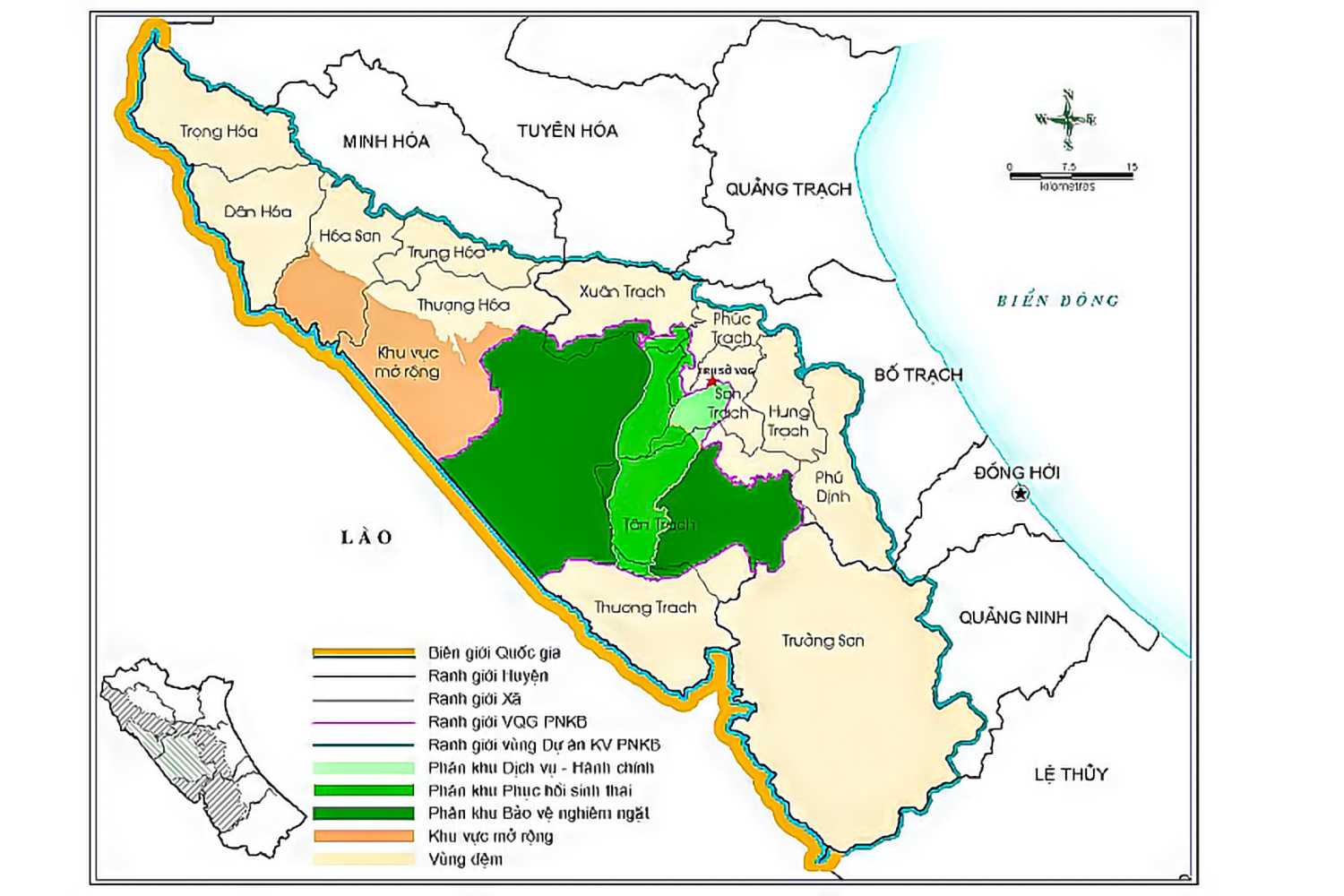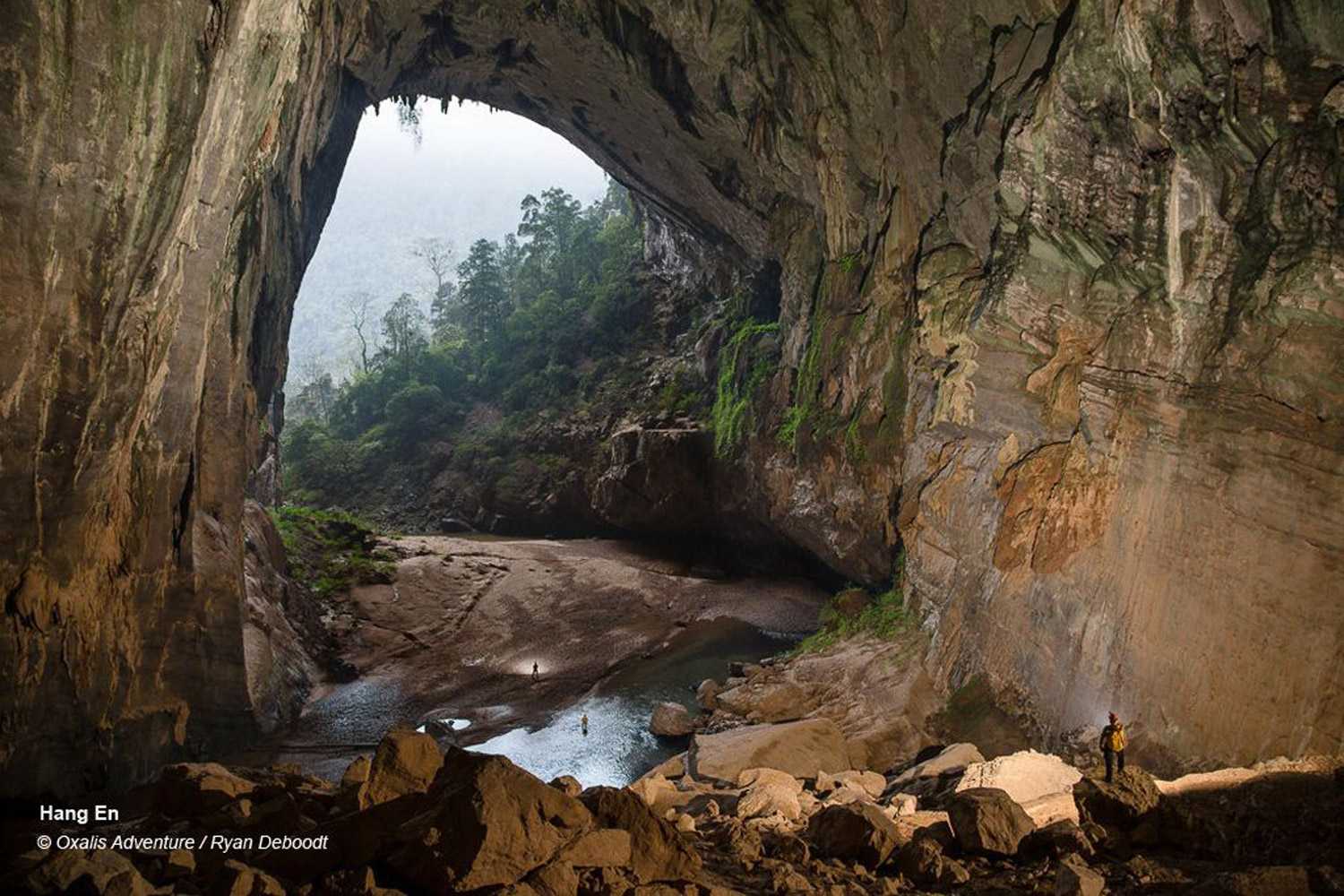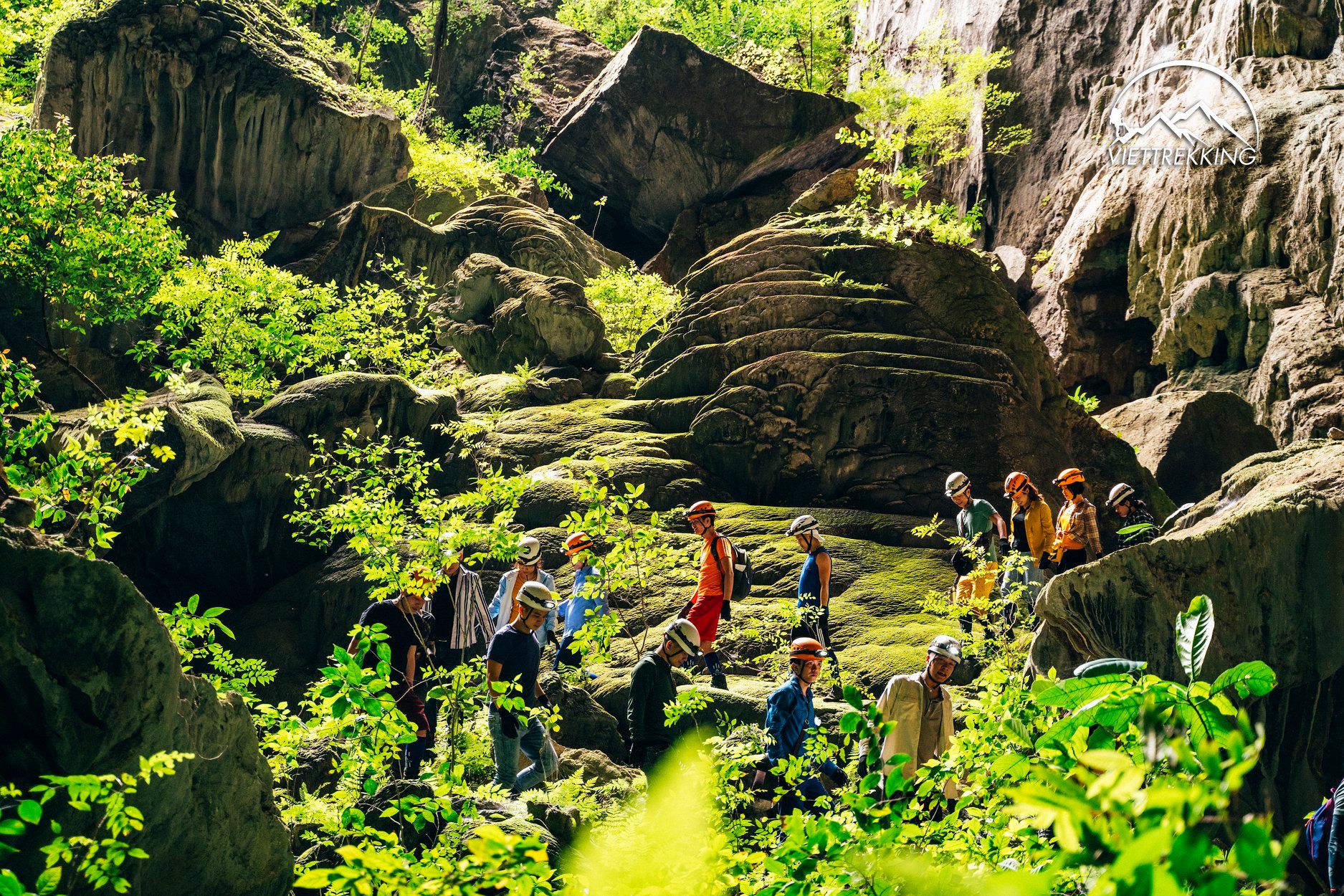Phong Nha – Ke Bang: A must-visit national park in Southeast Asia
Phong Nha - Ke Bang: Phong Nha - Ke Bang National Park was recognized as a world natural heritage in 2003. It contains many underground rivers, along with special flora and fauna, especially hundreds of species of birds. different. Phong Nha - Ke Bang is more than 1,200 square kilometers, so it will definitely take you more than a day to visit all the wonders here. Address: Quang Binh, Vietnam
Overview of Phong Nha - Ke Bang National Park
In terms of geographical location, Phong Nha - Ke Bang National Park is a World Natural Heritage site with coordinates from 17°21′ to 17°39′ north latitude and from 105°57′ to 106°24′ east longitude. in the area of Tan Trach, Thuong Trach, Phuc Trach, Xuan Trach communes and Phong Nha town, Bo Trach district, Quang Binh province. Phong Nha - Ke Bang cave gate has coordinates 17°34'54.15"N and 106°16'58.83"T."). The area of Phong Nha - Ke Bang National Park is 123,326 ha, including 03 subdivisions: strict protection subdivision (100,296 ha), ecological restoration subdivision (19,619 ha), administrative service subdivision (3,411 ha). ). Especially to mention the 7 best things of Phong Nha - Ke Bang: The highest and widest cave mouth, the most beautiful reef sand, the most beautiful underground river, the most beautiful underground lake, the most magical and magnificent stalactite, the cave. The widest and most beautiful dry, the longest water cave.
In 2002, UNESCO recognized Phong Nha - Ke Bang National Park (Phong Nha - Ke Bang National Park) as a World Natural Heritage according to geological and geomorphological criteria and on July 3, 2015 continued to be recognized by UNESCO. recognized for the second time as a World Natural Heritage based on biodiversity criteria.
Map of Phong Nha - Ke Bang National Park

History of Phong Nha - Ke Bang
The cave system in Phong Nha - Ke Bang area was formed by geological tectonics occurring in the Ke Bang limestone mountain range. Specifically, the karst tectonics of Phong Nha - Ke Bang National Park was formed 400 million years ago, from the Paleozoic period, so this is the oldest karst in Asia. Through important tectonic periods, the faulting, folding, and bedrock movement phases have successively created overlapping mountain ranges due to the uplift movement and sedimentary basins thanks to the subsidence movement, playing the role of It acts as the cause of all causes creating the diversity of topography - geomorphology, geology, hydrological network and the interesting and diverse of caves for Phong Nha - Ke Bang limestone formations. from the Devonian to the Carboniferous - Trecmi.
The present Phong Nha - Ke Bang area is the result of the synthesis of 5 major periods in the history of the development of the Earth's crust in the area:
-Late Ordovician - Early Silurian (450 million years)
-Middle and Late Devonian Period (approximately 340 million years)
-Coal Age - Permian (300 million years)
-Orogen phase
-Cenozoic period (250-65 million years)

Why National Park?

The initial value determined for Xuan Son Nature Reserve is biodiversity. However, this diverse ecosystem is not limited to 5000 hectares, including the expansion of 41,000 hectares, but this population has a large ecological area occupying both sides of the East and West Truong Son including 400,000 hectares, of which the Quang The average is 200,000 and the Kham Muon side is 200,000. Organisms have an area to live, forage for food (animals) and spread genetic resources (plants) to the entire area, so if only the Xuan Son area is limited, the remaining areas are not areas. conservation will be exploited, biodiversity will be gradually reduced. Therefore, it must be extended to all the space in which genetic resources exist.
Beyond the scope of Xuan Son Nature Reserve, there are two other values that this Nature Reserve cannot protect and exploit, which are geological values, karst-specific geomorphology and landscape values (cave system). forest ecology and landscape). Those two values lie within and beyond the 41,000 ha area. So it needs to be expanded.

With 3 great values, having such global significance, the level of "CONSERVATION AREA" is not enough administrative sanctions, functions and tasks to manage, so it must be raised to National Park.